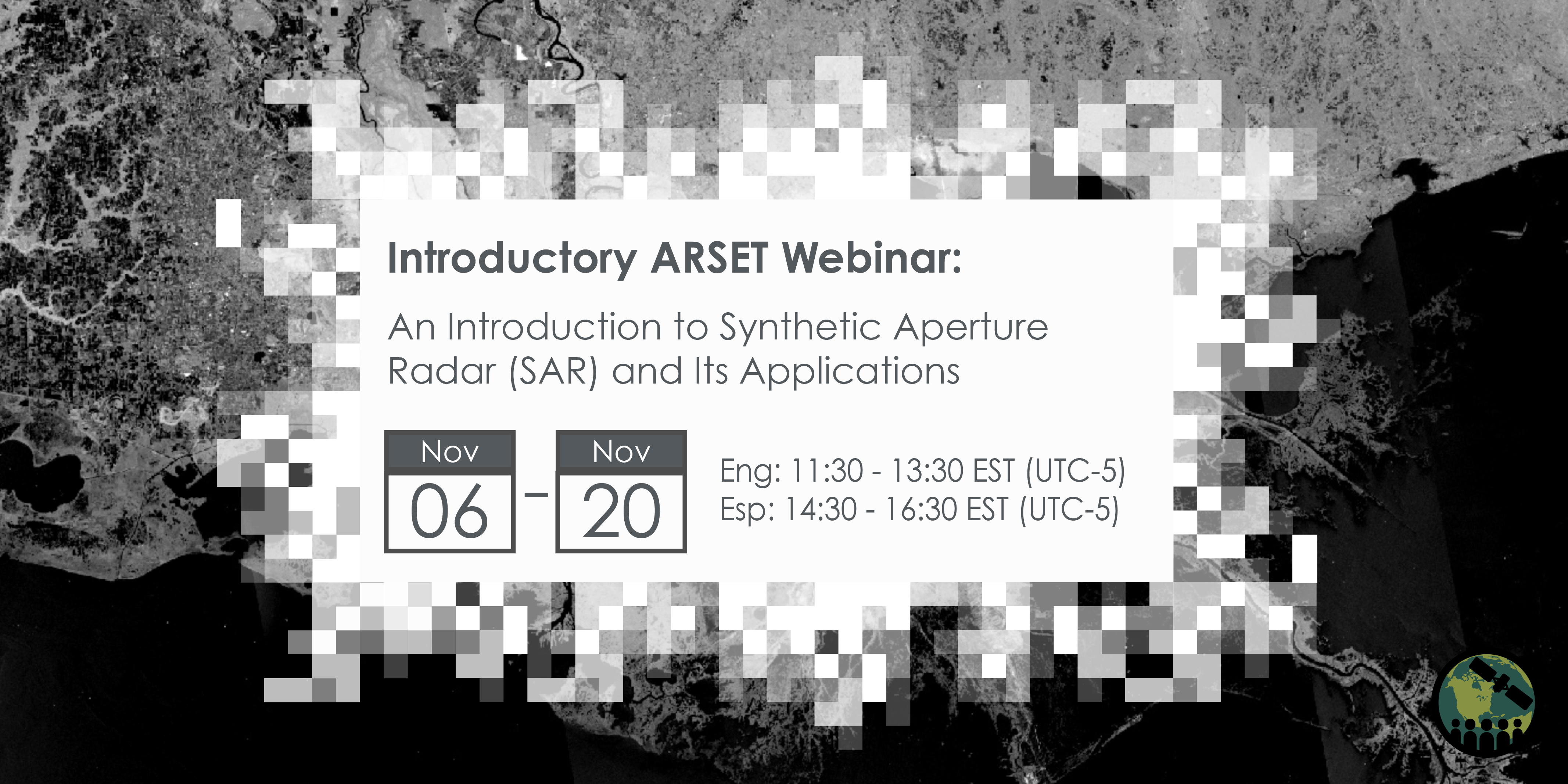Synthetic Aperture Radar (SAR) has the capability to observe the Earth's surface both day and night and through most weather conditions, making it an ideal sensor to support a wide range of science and applications. Additionally, unique capabilities of SAR include its ability to penetrate through various mediums (such as vegetation, snow, and soil), measure surface deformation and small movements on the order of centimeters, and its sensitivity to structure and to moisture content. These capabilities are valuable for monitoring vegetation structure and land use, detecting surface deformation and movements in land (e.g., earthquakes, landslides) and ice (e.g., glacier movement), flooding, and soil moisture, to name a few.
Historical and operational SAR data have been used to support numerous science and applications questions and needs. However, upcoming SAR satellite sensors, such as NISAR and BIOMASS, will enhance these capabilities with their unique observing frequencies and spatial and temporal resolutions.
This online webinar will provide an introduction to SAR, including interferometric SAR (InSAR), as well as a review of the characteristics of historical, current and upcoming openly available SAR satellite data. It will also explore the type of applications that each sensor can best address. Additionally, this webinar will discuss online sources of openly available SAR data, along with tools, software, and other resources to understand, explore, and facilitate the analysis of SAR data.
Learning Objectives:
- Recognize basic features and functionality of Synthetic Aperture Radar (SAR)
- Evaluate SAR sensor characteristics for addressing different science questions and application areas
- Interpret the information content in SAR images to distinguish different features (e.g., vegetation, water, inundation) detected by the sensor
- Evaluate creation of an interferogram through interferometric SAR (InSAR)
- Interpret an interferogram to measure surface deformation and small movements
- Compare and contrast the capabilities of historic, current, and upcoming SAR data
- Access and visualize SAR data for a given location and time
Course Dates: November 6, 13, & 20, 2024
Audience: This training is primarily intended for Remote sensing end users, geospatial analysts, academics and students, managers from local, state, federal government, and NGO’s.
Course Format: Three 2-hour parts including Q&A.
To Register:
English: https://go.nasa.gov/47BRLS1
Spanish: https://go.nasa.gov/4ddMlxS

